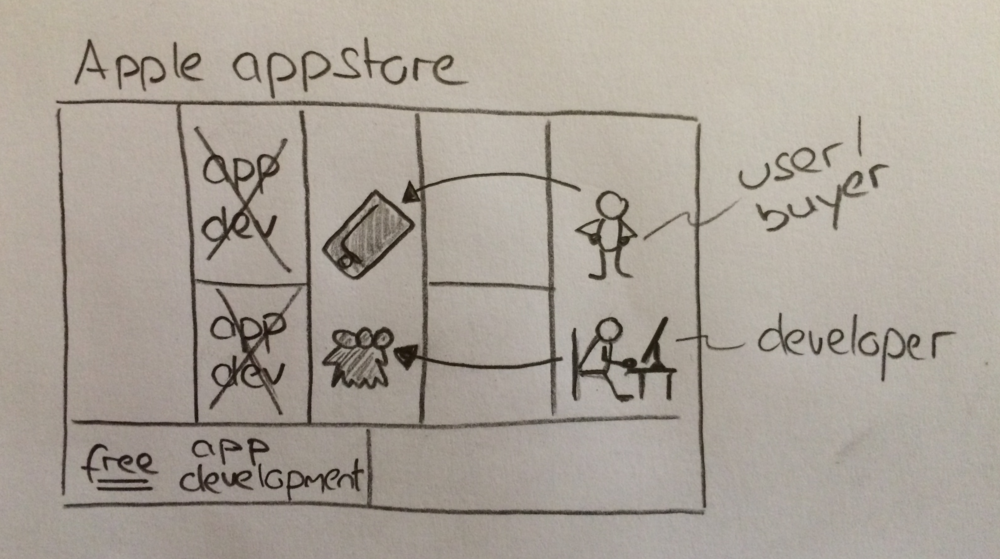Let me walk you through different business models to show you how they all get other stakeholders to work for them for free.
1) Customers as free laborers: Facebook, IKEA

Facebook: The foundation of Facebook’s business model is to provide a platform that allows users to share messages, photos, and more. Of course users don’t come to Facebook for the platform, but for their “friends’" updates, the content that other users post. The amazing thing is that creating this content doesn’t cost Facebook a dime. It’s generated by its 1.4 billion users. Just imagine how Facebook's cost structure would look if they had to employ an editorial staff to create content, just like a magazine.

IKEA, the popular furniture company, also relies on customers as their free workforce but in a different way. Hundreds of thousands of IKEA customers assemble their bookshelves, tables, and other furniture at home after buying big boxes at big stores. This was unthinkable before IKEA made it popular, because people used to expect furniture manufacturers to perform the assembly task. There’s a reason why customers are willing to do the work and it's because IKEA’s model of boxed furniture offers a larger choice, immediate delivery, and all at a lower cost.
2) Service providers and users as free laborers: Credit Card companies (e.g. MasterCard)

MasterCard: Credit card companies like MasterCard also get other stakeholders to do the work. They operate a costly transaction infrastructure, but this would be worthless without merchants and shoppers doing their own the heavy-lifting. After all, shopping can be a pretty labor-intensive task :-)
3) Platforms that get others to supply the infrastructure for free: WhatsApp, Uber

WhatsApp: Few people pointed out one of the key aspects of WhatsApp's business model when it was acquired by Facebook for billions of dollars. Contrary to traditional text messaging (SMS) providers, WhatsApp doesn't operate a network infrastructure that offers messaging to its users. When WhatsApp was bought, it was a tiny software company with 60 employees servicing more than 400+ million users (now about 700 million). They operate at this scale because they use the Internet as a "free" backbone infrastructure for their service. In other words, the network providers do the costly work for WhatsApp for "free".

Uber: Another prime example of a business model avoiding costly infrastructure is Uber. Like WhatsApp, Uber doesn't have a network infrastructure. In addition, Uber disposes of a car fleet without incurring the cost of owning or operating it. Basically, the drivers/owners of the cars and the users do a lot of the heavy-lifting in this business model. Uber focuses on operating their software platform and spending insane amounts of money on their marketing.
4) Product platforms that enable third party services: Apple's appstore

Apple: What makes Apple's iOS platform (iPhone, iPad, etc.) so hard to copy is not its technology platform, even though hundreds of millions of users love it. The hard thing to duplicate is the army of app developers that work for Apple "pro bono". If that wasn’t enough, Apple earns a 30 per cent transaction fee from every app sold, earning them profits from the free labour of their developers.
Have you ever asked yourself how you could get others to do the work in your business model?




